Hu hu hu! Welcome, toadscum, to Beat’s Bizarre Halloventure. Every week this October, three devilish writers will recommend their favorite spooky books and series from Japan, Korea and elsewhere. This week we have doppelgangers, phantoms and, of course, parasites.
Brain Damage
Writer/Artist: Shintaro Kago
Translation: Zack Davisson
Designer: C Hwang
Editor: Conrad Groth
Publisher: Fantagraphics
Brain Damage is a collection of four horror one-shots by Shintaro Kago that explore some truly fascinating concepts. This is my first outing with Kago’s works; he’s a bit outlandish, but so are other horror artists that I enjoy. Kago tries for levity (with mixed results) while giving you something absolutely gruesome to look at on the same page.
The first story focuses on four women who wake up in a mysterious room. They all look nearly identical to each other, as if they were quadruplets, but they have all lived vastly different lives. Now they are trapped in a maze with a killer on the loose. This was one of my favorite of the stories, with the best ending of the lot.
The next story follows someone whose job is to help spirits trapped in their dead bodies to accept their deaths with grace and move on into the afterlife. This too was an interesting idea, but suffered from poor pacing. The second half of the story in particular is the weakest part for me.
The third story is my actual favorite in concept and execution, though it also has pacing issues as well as moments that some readers really won’t like. Without saying too much, it follows a family living in a community where others are disappearing en masse, and how that affects them.
The final story follows the lone survivor of a mysterious accident, which ended with the death of her friend. She works to figure out what happened with the help of a detective following similar cases. I never would have thought of this concept, and Kago’s art here is some of his most horrifying in the collection. But Kago’s execution and pacing are also at their weakest in this story.
These stories explore what horror can be at its most mundane as well as its most existential. Kago’s art is fun and fluid, yet also horrifying and hard to look at (complementary) at times. Brain Damage worked more than it didn’t for me, and is a very interesting read. That’s what all good art should aspire to be. — Derrick Crow
Phantom Seer
Writer: Gotou Tougo
Artist: Matsuura Kento
Letterer: Evan Waldinger
Publisher: VIZ
From the very first glance, Phantom Seer by Gotou Tougo (story) and Matsuura Kento (art) feels like a lost sibling of Jujutsu Kaisen, Dandadan, or Demon Slayer. It’s a four-volume supernatural action comic that promises exorcisms, eerie entities, and moral conflict wrapped in dynamic artwork. As someone drawn to both narrative depth and visual composition, I was immediately captivated by its aesthetic—gritty, mysterious, and balanced between beauty and dread. The cover illustrations alone, with their ghostly hues and haunting symmetry, whisper promises of a world where the paranormal bleeds into the everyday.
The story follows Riku Aibetsu, a high school girl who believes she can foresee disasters. But the twist that she’s actually causing them shifts the tone from mystery to tragedy. Her reluctant partnership with Iori Katanagi, a reclusive exorcist with a bad attitude and a room full of talismans, sets the series in motion. Together they confront monstrous phantoms and uncover dark secrets regarding power, guilt, and fate. It’s a familiar formula, but one that still feels satisfying in its tension and supernatural intrigue.
What makes Phantom Seer worth talking about is not its plot innovation but its presentation. Matsuura Kento’s artwork is stunning—each panel breathes with life and menace. The contrast of sharp ink strokes against eerie, floating whites makes the spirits look like they are about to crawl off the page. The visual direction reflects a cinematic awareness rarely seen in shorter Jump titles. Matsuura’s aesthetic confidence elevates even quieter moments—an eye twitch, a hand gesture, or the way cursed smoke curls around the characters. For anyone with an art or design background like me, this manga is a visual feast.
That said, Phantom Seer falters where its contemporaries soar. Iori, the supposed lead, is more “snooty brat” than compelling anti-hero; his lazy cynicism undercuts the story’s emotional weight. Side characters like Kurose—cool-headed, competent, and charming—end up stealing the spotlight. His dynamic relationship with others and his flame powers bring a spark of maturity that the main duo lacks. I don’t even need to say anything about his looks–he’s drop-dead gorgeous! The narrative pacing also stumbles, as if the creators were sprinting to finish before the axe fell. A sad, common fate for Jump serializations.
In the end, Phantom Seer feels like an unfinished symphony. It’s gorgeously orchestrated, haunting in atmosphere, but never fully realized. Still, fans of dark aesthetics and supernatural action will find it to be a short yet memorable read—one that lingers like the echo of a ghost that never quite crossed over. — Ilgın Side Soysal
Parasyte
Writer/Artist: Hitoshi Iwaaki
Translation: Andrew Cunningham
Lettering: Foltz Design
Publisher: Del Rey
One day, strange alien blobs the size of tennis balls fall to earth. They immediately hatch into worm-like parasites, which crawl into the ears of humans and take over their bodies. Once in control of their brains, these creatures consume other humans by warping their own “human” heads into whirling tendrils of blades and teeth. Only one man can stop them: high school student Shinichi Izumi, whose parasite infested his arm rather than his brain.
If you’re familiar with Go Nagai’s gruesome hero manga Devilman, or its anime adaptation Devilman Crybaby, then you’ll find Parasyte to be very familiar. Shinichi becomes a monster, he fights other monsters, and sooner or later he starts asking: are humans the real monsters? Despite this, Parasyte has some unique charms of its own. The titular creatures and their transformative powers generate truly upsetting images that artist Hitoshi Iwaaki exploits to the utmost. Iwaaki also has a killer sense of comedic timing; he knows just when to drop an absurd non-sequitur or sex joke to knock the reader off balance.
Unlike Nagai’s devils, the parasites of Parasyte are not evil per se. They kill and consume because that is what their genetics compels them to do. Shinichi, meanwhile, becomes increasingly stoic as he learns to control the parasite in his right hand. Is the parasite warping his brain, transforming him into an unfeeling killing machine? Or is Shinichi’s changing attitude the result of male adolescence mixed with untreated post-traumatic stress disorder from non-stop alien attacks?
That last point is my favorite thing about Parasyte. As much as the series is a power fantasy about a guy with a super-strong right hand, it’s also a coming-of-age story about how that guy learns to be a functioning human being. Iwaaki’s focus on kindness over violence, and the way that he questions if human values are really so important compared to those of animals, predicts the work of later manga artists like Makoto Yukimura. I’d love to see more of his work in English! Particularly Historie, although it sounds like that one’s been on hiatus now for some years. – Adam Wescott
Follow Beat’s Bizarre Adventure to get weekly manga and webtoon recommendations!







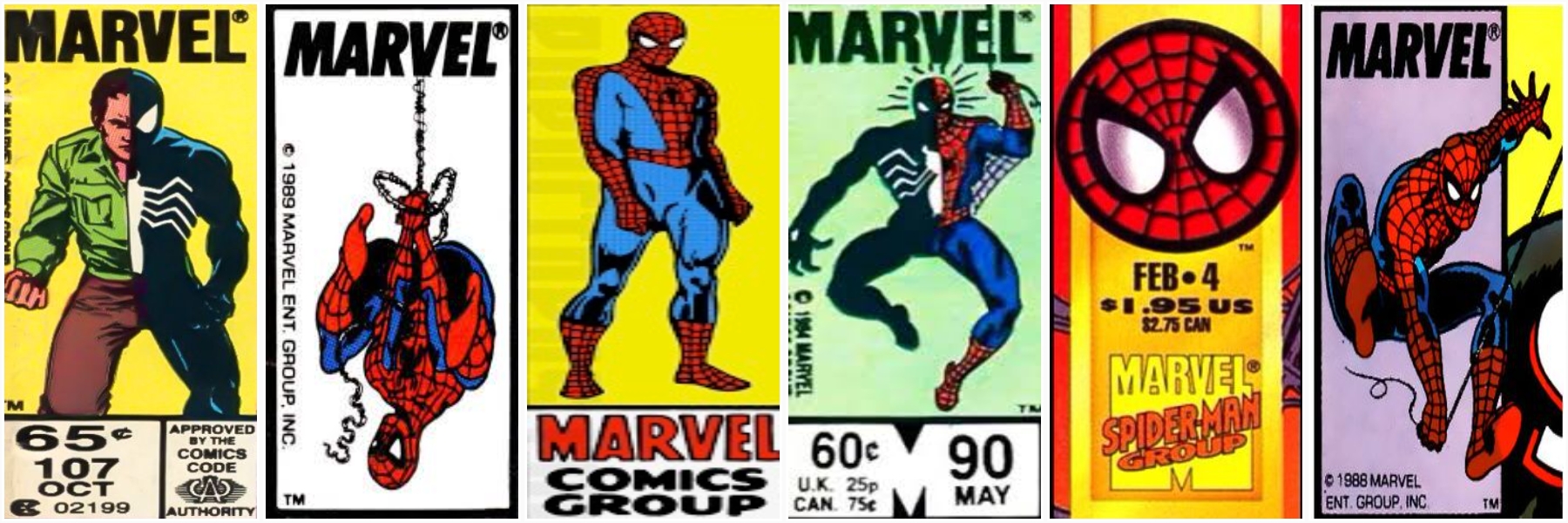





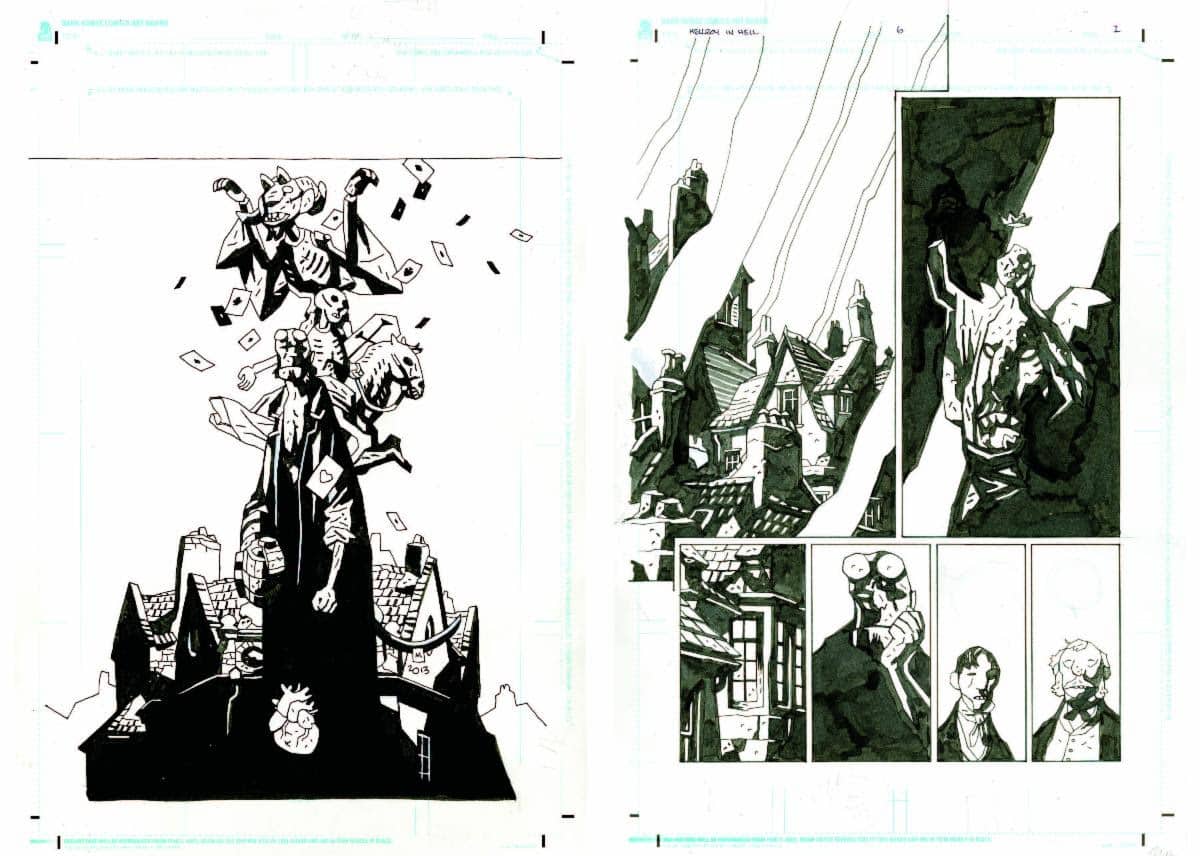




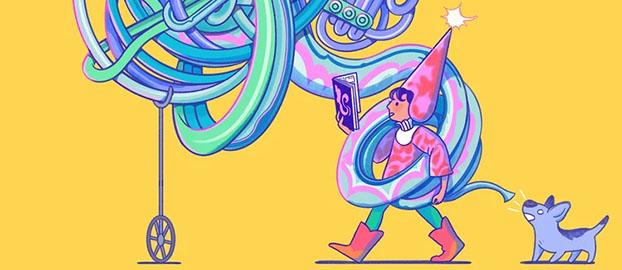
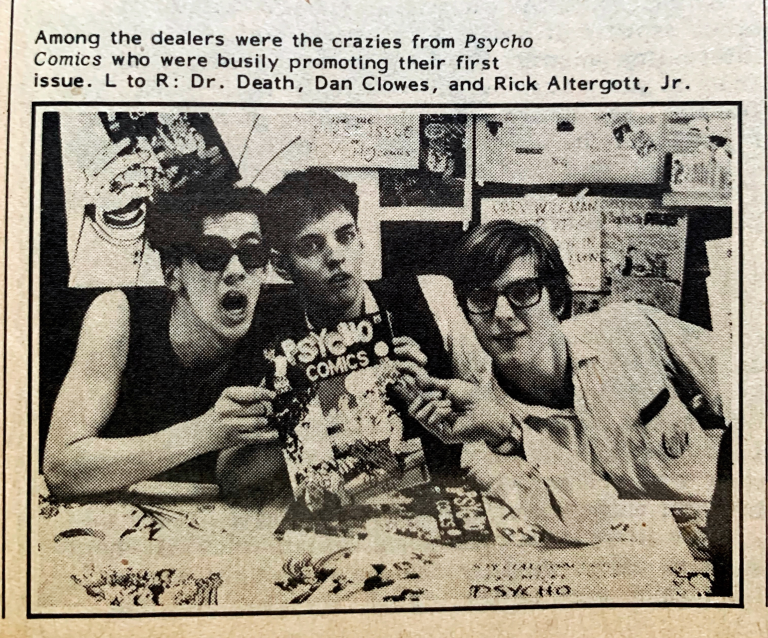

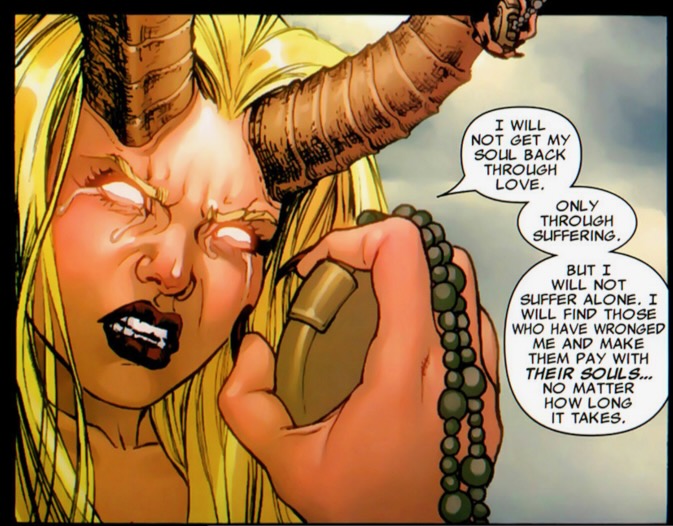


 English (US) ·
English (US) ·